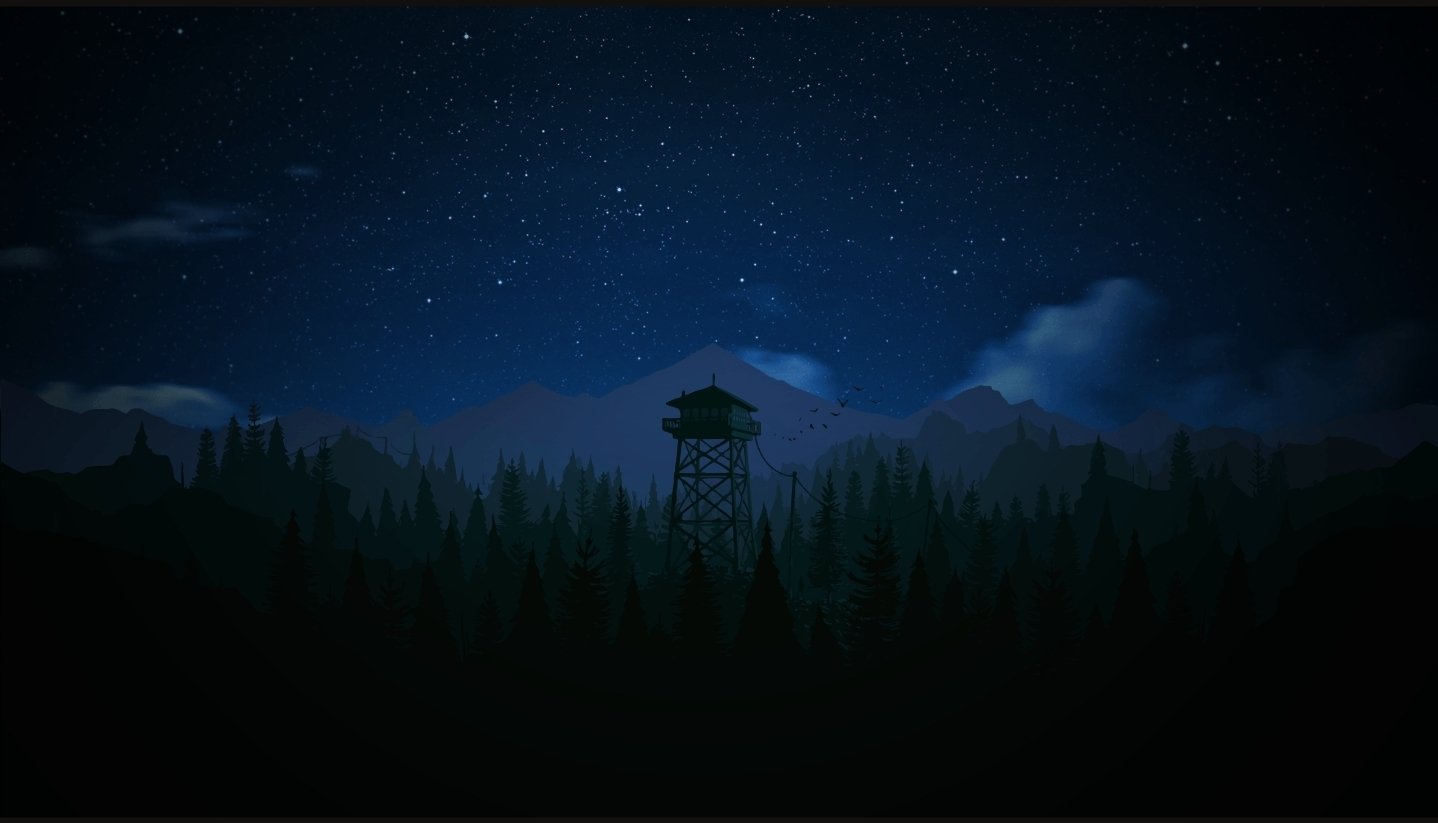The Valmara series of mines (Valmara, Valmara 59, and Valmara 69) are Italian produced anti-personnel (“APERS”) landmines. The are what are known as bounding mines, which is to say that when they are tripped, the main charge of the mine is projected upwards before exploding. The airburst of the mine is designed to allow the fragmentation to cover a wider distance and cause more casualties.

The mine is non-electric and is activated by a tilt rod assembly, which is designed either to be stepped on or to be moved by a tripwire. Once the assembly moves far enough, lockballs release and a spring loaded striker (much like the firing pin of a firearm) moves forward to hit a primer which causes the expelling charge of the mine to activate. The main charge of the mine is propelled upwards in a similar fashion to a mortar, moving until the anchor wire in the base of the mine pulls a secondary striker into the detonator of the main charge, detonating it for a 15 meter lethal radius.
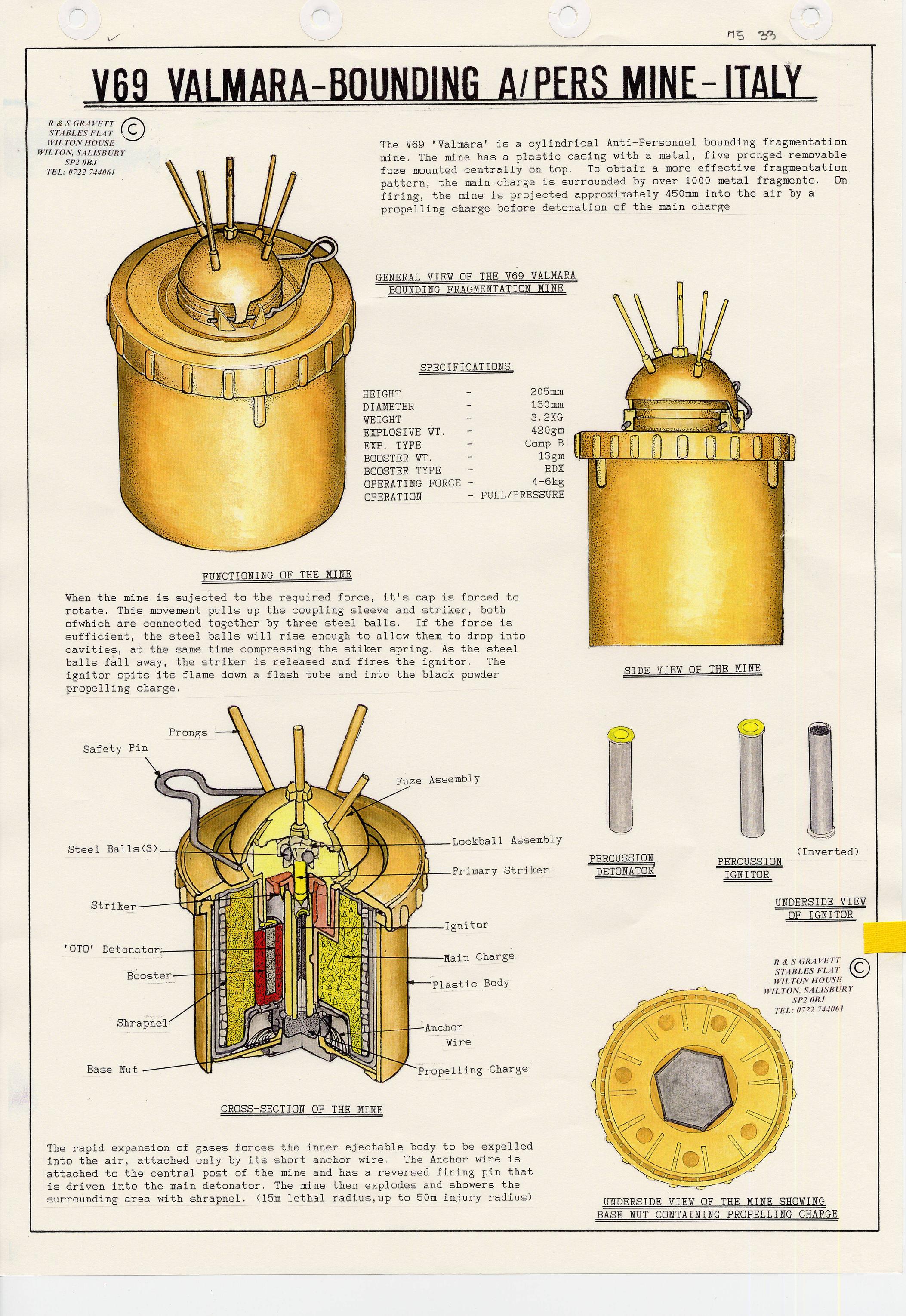
The mine has been deployed in numerous ways, sometimes taking advantage of it’s ability to be hooked to a tripwire.
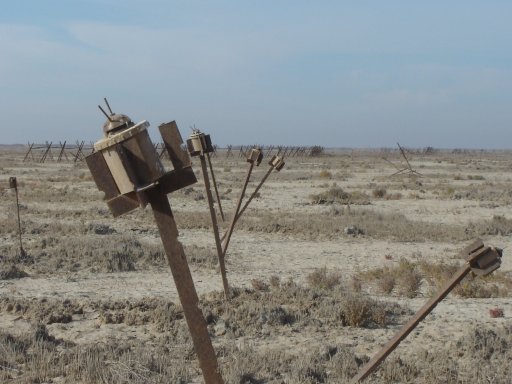
The Valmara 69 is found in Angola, Egypt, Iran, Iraq, Turkey, Kuwait, Mozambique, Sudan, and the Western Sahara.
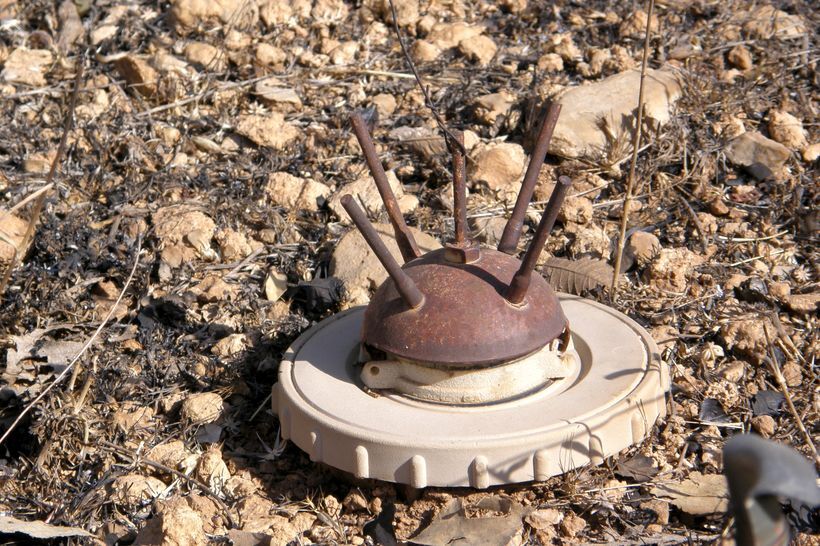
The mines were made by the company Valsella Meccanotecnica SpA, which was founded in 1969, ceased making mines in 1994, and was completely dissolved in 2004.
What is a “nice” landmine?
It’s a meme that anything with the number 69 is followed by “nice”.
Nice
Yeah, sometimes weapon enthusiasts forget that they are fangirling over things meant to kill (in this case very often innocent) people. But i guess killing is just just not socially frowned upon, as long as its “the bad guys”…
I can’t unproduce the mines. I can laugh at the comedy number.
If it earns me enough social credit to laugh once and a while, I’ve removed landmines from a historical trouble area in the world, which is more actual material improvement than any amount of internet finger wagging.
Genuinely fuck all the people who worked at that company. Mines in an active combat zone are already super problematic, but ValMec SPA went out of their way to build the “best” mines possible, and FLOODED the global market with their mines before the Ottawa ban.
Typical anti-personnel mines operate as a ‘denied zone’ effect - while mines are often buried there’s usually enough ferrous metal present (or deliberately added after construction) that makes proven detectors effective. Find a single mine of any type or power, anywhere and your choices narrow severely; avoid minefield and go around is the safe bet, in a pinch call in the sappers and spend A LOT of time disarming them. Buuuut with this company’s mines…
- Detection is nearly impossible due to low/zero metal design, and methods that sense the chemical explosive instead (which were developed as a response to their mines) are far less reliable at detection
- If you find the mine(s) they have tricks to make defusal very risky and all can accept redundant, booby trap detonators to kill the sapper disarming the mine
- If you opt to not hand-disarm, these mines are designed to be immune to remote methods like blasting
In the last picture it almost looks like something out of Star Wars.
What is the thought process of the mines on the metal rods in the image? As far as you and wikipedia describe it, the mine has two stages: first jump up 50cm and then explode the main charge upwards. It is perfect for ground installation. Why putting it on a elevated position?
The top of the mine, this red discolored metal part needs to tilt:
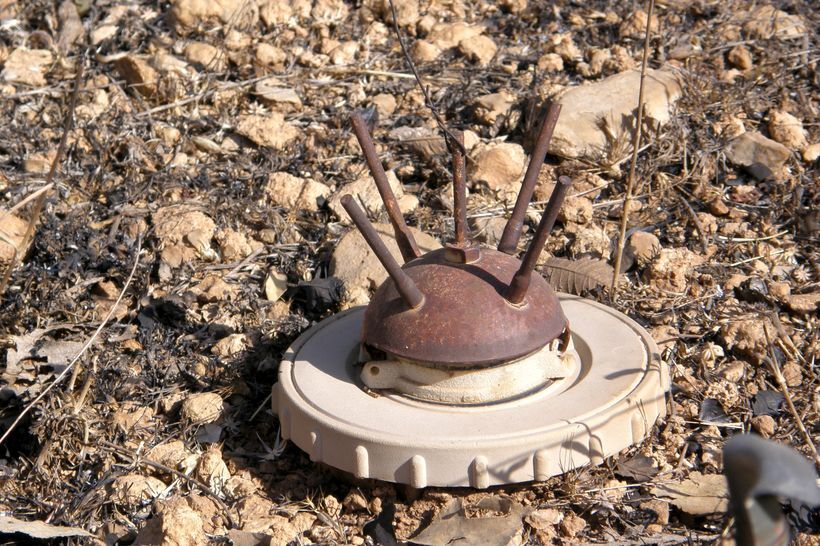
It is not a direct downward pressure required, but a tilting that releases the lockballs. A foot catching on the rods while stepping will tilt them, and thus tilt the upper assembly.
In an area with a lot of grass and foliage, the rods will not be immediately apparent if they aren’t being actively looked for.
The center rod has a hole in it so that a tripwire can be tied to it and run to another fixed point. Somebody walking by and catching the wire with their leg will tug on the rod and tilt it.
I was refering to the image above you linked with the desert situation ans metal poles of aprox 4-7 feet height. What is the idea here? Wouldnt in this case the mine explode above the heads of an enemy?
I see now.
That picture is from this page, which reports that at the time the mines were placed the area was a marshland. Soggy terrain and presumably raised compared to what we see here.
Thank you. The tilting of the stakes is crazy. What a shoddy setup. Some must have tilted and exploded on their own and potentially false alarming anyone who hears it. Weird how they only have the center prong and one additional but not four like the notmal Model.
I think that is just wear and tear from abandoning the mines in the open. The page doesn’t confirm, but I’m pretty sure those mines are from the Iran-Iraq war ending in 1988, and who knows when the photo was taken.



